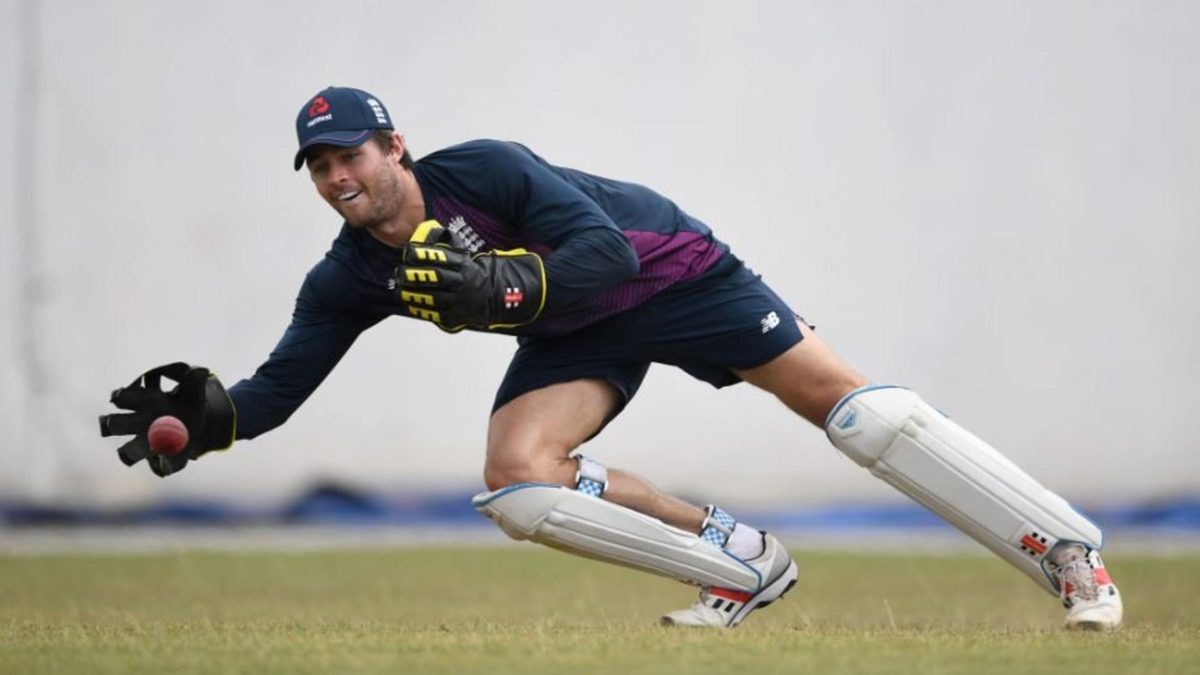
One of the best glovemen in the world on the key facets of wicketkeeping
Ben Foakes, acknowledged as one of the best glovemen in the world, on the key facets of wicketkeeping.
First published in issue 29 of Wisden Cricket Monthly
1. Head position is key
With keeping, everything leads from the head. If you’re diving and you don’t lead with your head, your feet aren’t going to go very far. Similarly, if you’re standing up and your head comes up all of a sudden, you can’t jump up or down. I don’t look to be on the balls of my feet necessarily, I just make sure that my head is forward and then the movement will come naturally.
[caption id=”attachment_89727″ align=”alignnone” width=”800″] Foakes has played five Tests for England[/caption]
Foakes has played five Tests for England[/caption]
2. Generating power
If I’m standing up to the stumps, I try to stay as low as possible. Not least because I’m tall, but if you stay low and the ball comes through high, it’s far easier to jump up than it is to come down. Each keeper will do it differently, but for me it’s about getting into the position that allows me to dive furthest.
[breakout id=”1″][/breakout]
3. Consistency of movement
Everybody talks about posture. You need a ‘repeatable’ movement, you have to be able to do the same thing over and over – it’s a bit like when you bat or bowl. If anything about your stance changes, your feet widen or you need to bend your knees more, it can throw your movement. Every ball, you have to do the same thing, which builds rhythm. It’s all about rhythm – the key is seeing the ball as soon as possible and tracking it.
[breakout id=”0″][/breakout]
4. Trust yourself – don’t anticipate
When I predict where the ball is going to go, that’s when I’m in trouble. You’ve got to trust yourself. You can’t pre-empt where the ball will go. If you do, you’ll tense up and won’t be able to move your hands very far, so you’re best to leave it late and trust your instincts. You’ve got to clear your mind completely and go from there. With an old ball, you tend to know where it’s going. In countries like Sri Lanka for example, you know it’s just going to turn, but with the new ball, some skid and some spin, so you have to rely on your ability to get out of trouble.
[breakout id=”2″][/breakout]
Foakes’ influences
Watching James Foster close up when I was at Essex, and MS Dhoni on TV, was very important for me. Up to the stumps, they changed games. They both had distinctive styles, keeping their hands close up to the stumps. I see the Australian technique as looking good, but they take the ball and ‘give’ with the hands, so a batsman can drag his foot out of his crease, and in that extra split second, they still have time to get back in. It’s not ‘wrong’ as such. Whereas with Dhoni, who doesn’t really ‘give’ with the hands: that’s out. Or Foster: that’s out.
First published in issue 29 of Wisden Cricket Monthly. Subscribe here








